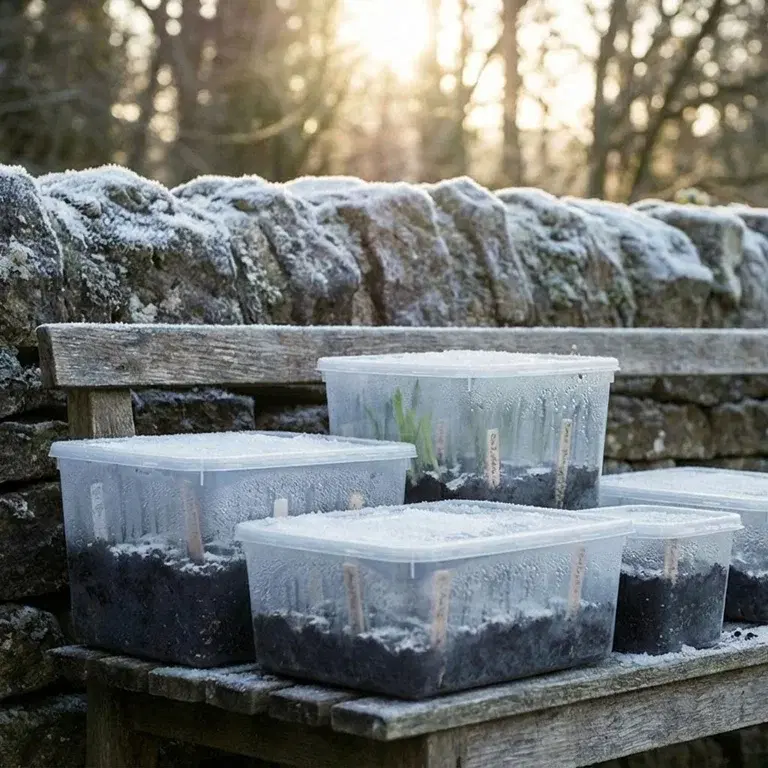Propagation and planting of plants
Grow your own
Spring
How do you avoid pre-cultivated seedlings being caught off guard by cold, weather, and wind? And when should you actually move the plants out? Here we delve deeper into the topic of hardening off and transplanting.


Written by Liselotte Roll
Swedish garden inspirer, journalist and author of books about nature, cultivation and animals, such as "Soil", "Grow for insects" and "Chickens as a hobby".
Topics:
Grow your own
Spring












